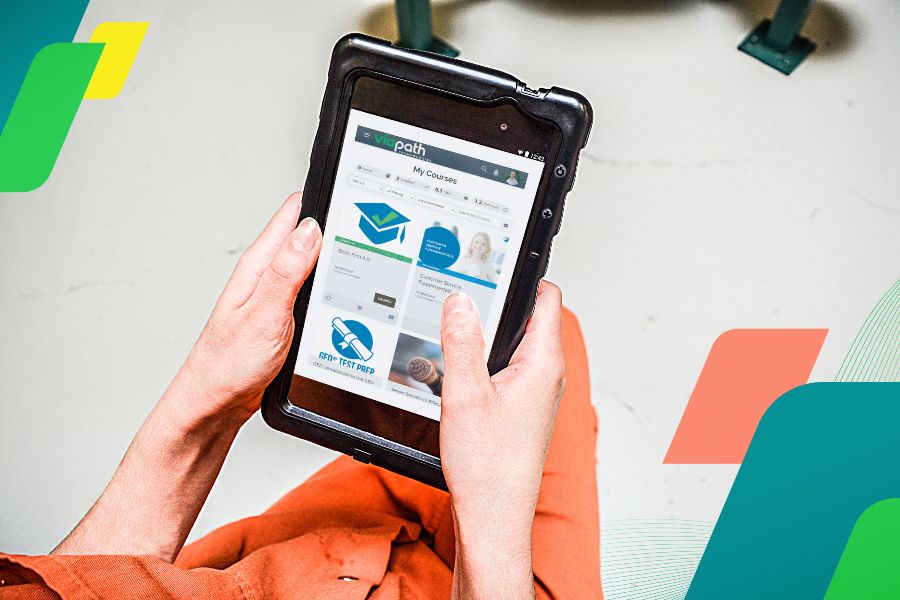Article
Christopher Ditto
The last three years have brought about unprecedented disruption as the COVID-19 pandemic forced the world to adapt to a new way of living and working. One of the most significant changes has been the acceleration of digital transformation across most industries, with countless organizations adopting new technologies to optimize enterprise operations and drive fundamental change.
Digital transformation has presented both incredible challenges and promising opportunities. As we move towards a new normal, it is clear that correctional facilities will not – and can not – operate in the same way as before. Completely restructuring analog procedures, many of which may be fundamental to daily operations, can be a daunting task. But correctional facilities that embark on digital transformation projects can produce better work environments for staff and improve outcomes for inmates.
To succeed in this new normal, correctional facilities must focus on implementing digital services that enhance their day-to-day operations and allow them to succeed beyond the ‘old’ normal.
For example, at ViaPath Technologies, we have worked with thousands of correctional facilities on modernization projects that facilitate true digital transformation. Our projects have ranged from simple process improvements, such as introducing digital inmate forms and digitally delivering scanned inmate mail, to more complex interactions, such as using machine learning systems to alert staff to suspicious inmate communication and deposit patterns that indicate extortion. Other projects have involved automation, such as using machine learning software to reviewing photos and video for nudity, and introducing inmate self-service features, such as digital commissary ordering, or a digital library, or inmate digital banking functionality.
No matter where each prison organization falls along the continuum of digital transformation, we have identified five key dimensions that can help guide any project, and help stakeholders ensure they are prepared to thrive in the new normal:
#1. Building out a secure and reliable network
#2. Selecting corrections-grade digital devices
Whether it is staff handhelds, inmate tablets, kiosks, or IoT devices such as smart locks or IP cameras, corrections-grade digital devices are a prerequisite to any digital transformation. Without hardware, there is no mechanism to collect data or deliver services, but any hardware device should be selected under the assumption that users will try and dissect it, drop it, and dowse it with liquid.
Single-use devices, such as IoT sensors, smart locks, card readers and IP cameras can enhance security, monitor movements, and reduce staff workload by automating tasks such as security checks. Corrections-grade multi-purpose devices allow a single piece of hardware, such as a tablet, to deliver a wide range of new features, with the possibility to introduce additional services in the future.
#3. Optimizing tedious or repetitive tasks
#4. Introducing new digital resources for inmates
#5. Fostering a culture of experimentation
Digital transformation is not just about technology but also about transforming the way organizations operate. While not every change will succeed, embracing a culture of experimentation and adapting accordingly can go a long way in helping facilities successfully implement new digital tools and establish a new baseline for efficiency, safety and security.

Christopher Ditto is the Vice President of Research & Development for ViaPath Technologies. Over the last decade, Mr. Ditto has worked on building inmate communication and tablet resources, implementing technology for over 1,000 correctional facilities serving over 800,000 inmates daily, as an engineer, software architect, and project manager. Mr. Ditto is based in Silicon Valley and has previously written a 500-page book and won a 2008 Webby Award. He received his Bachelor of Arts, with honors, from University of California, Berkeley and a MA in Journalism from New York University.



